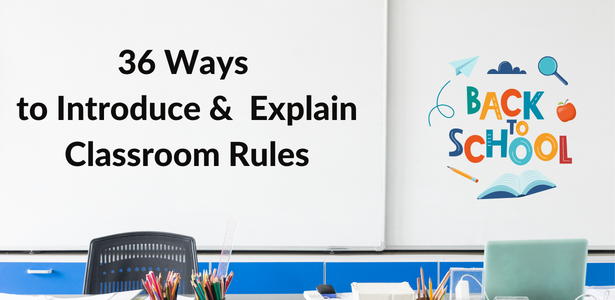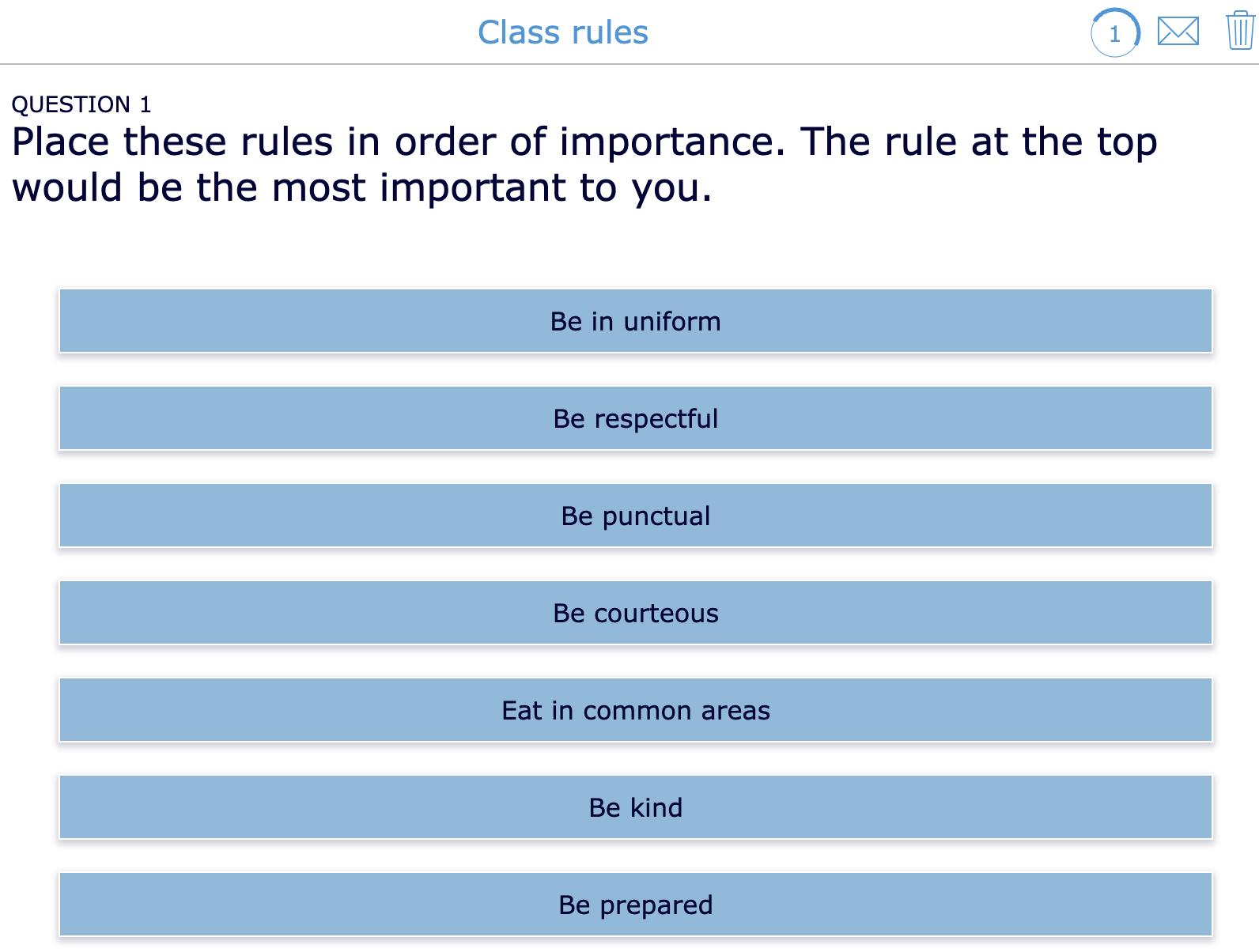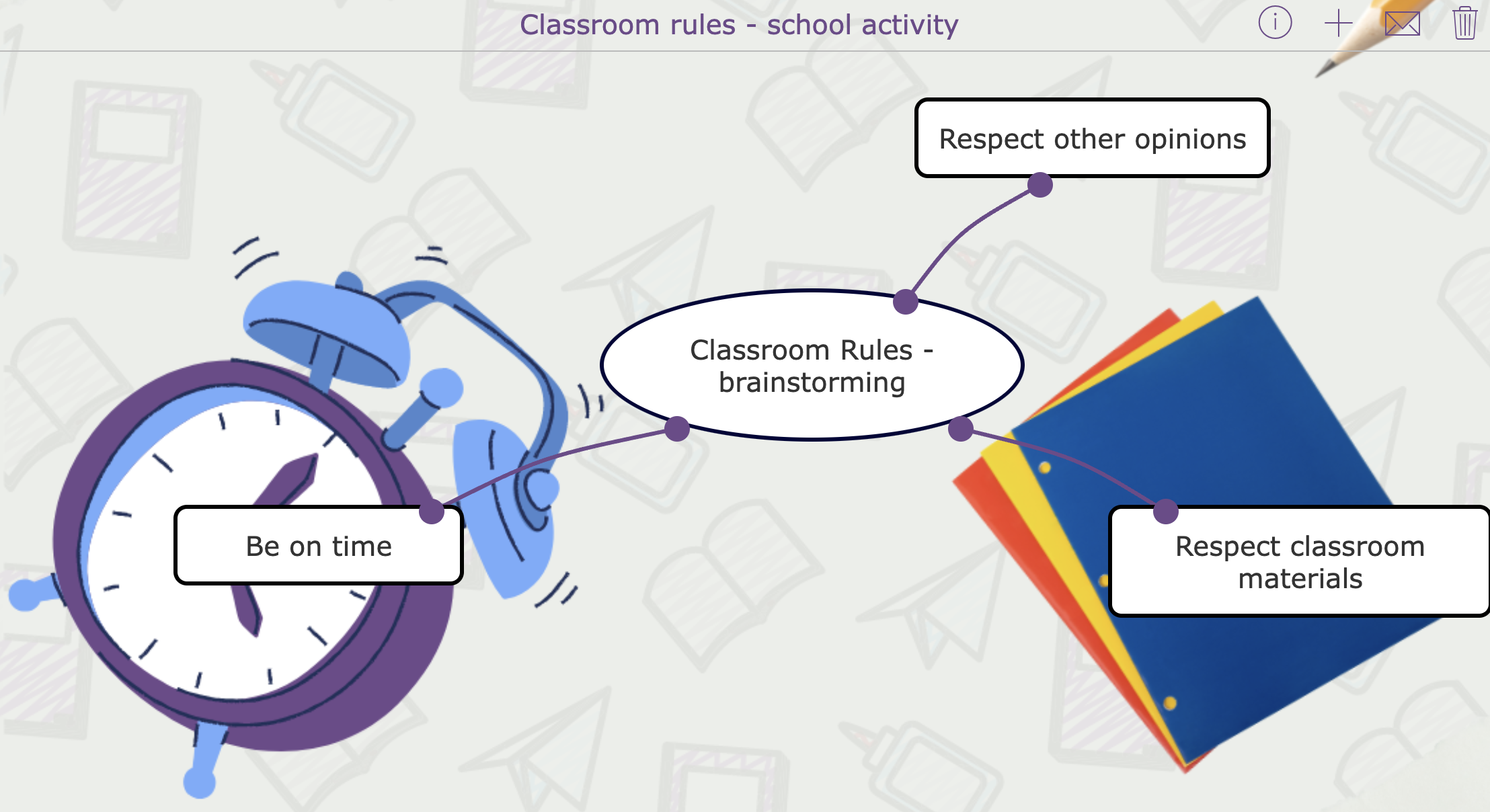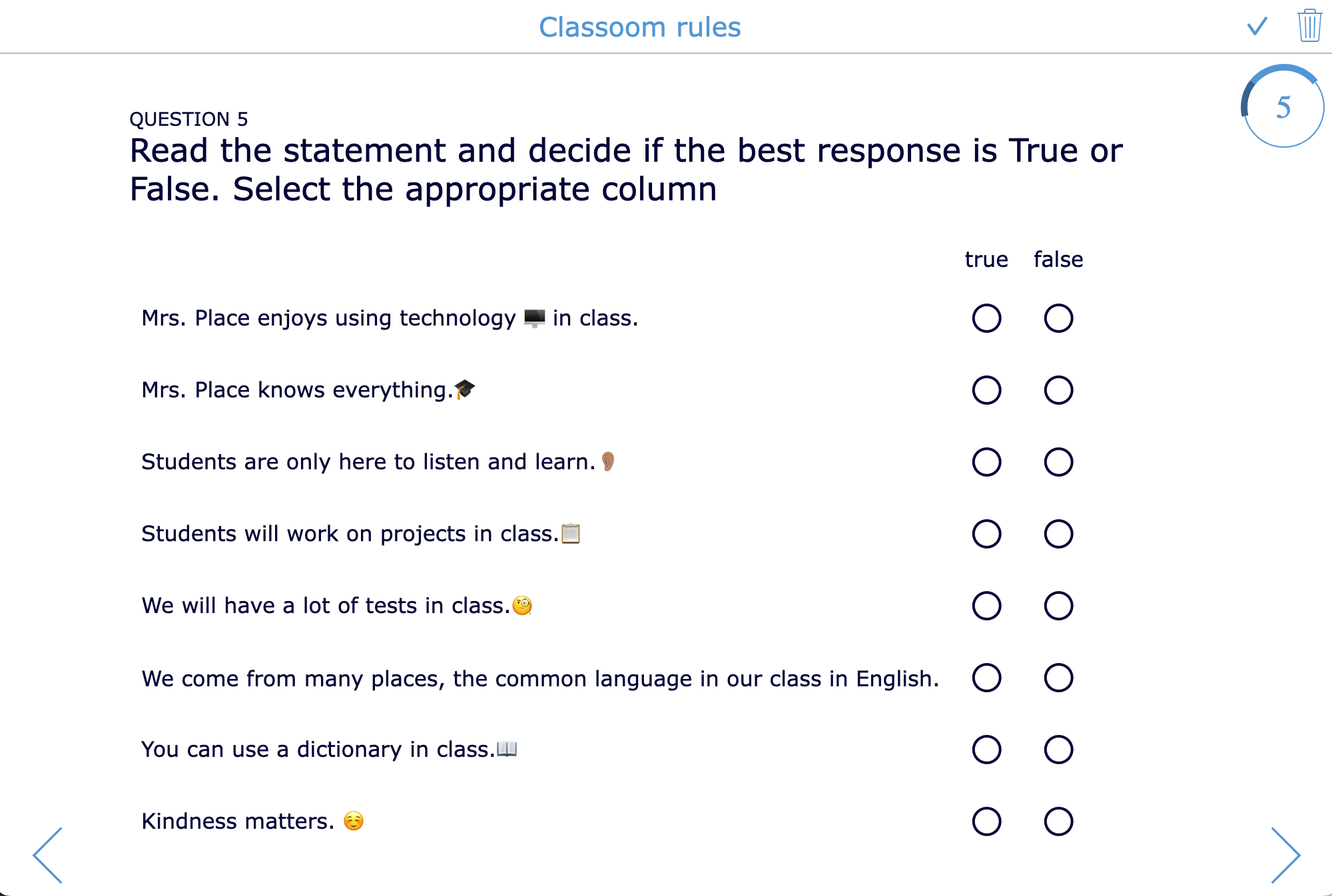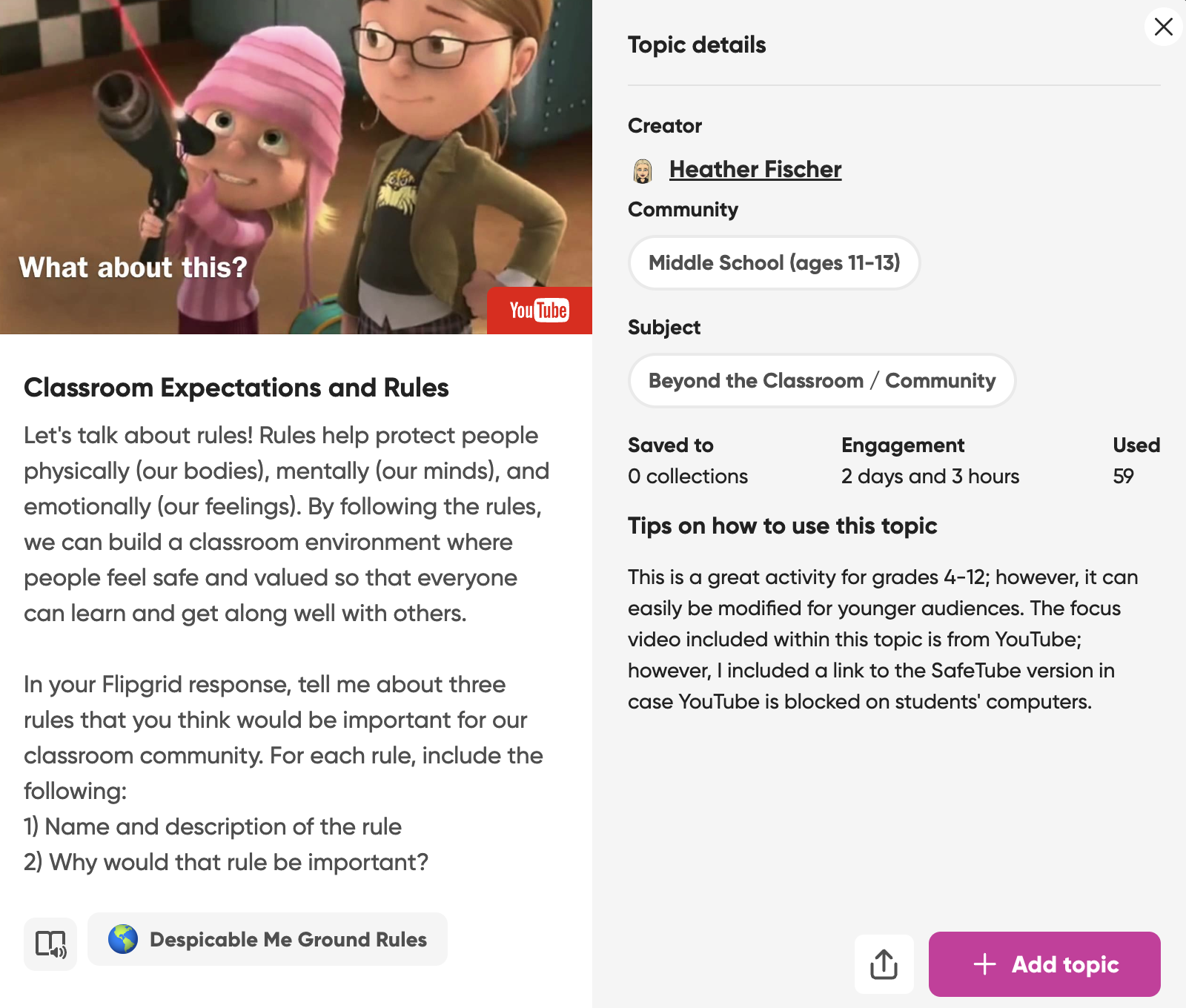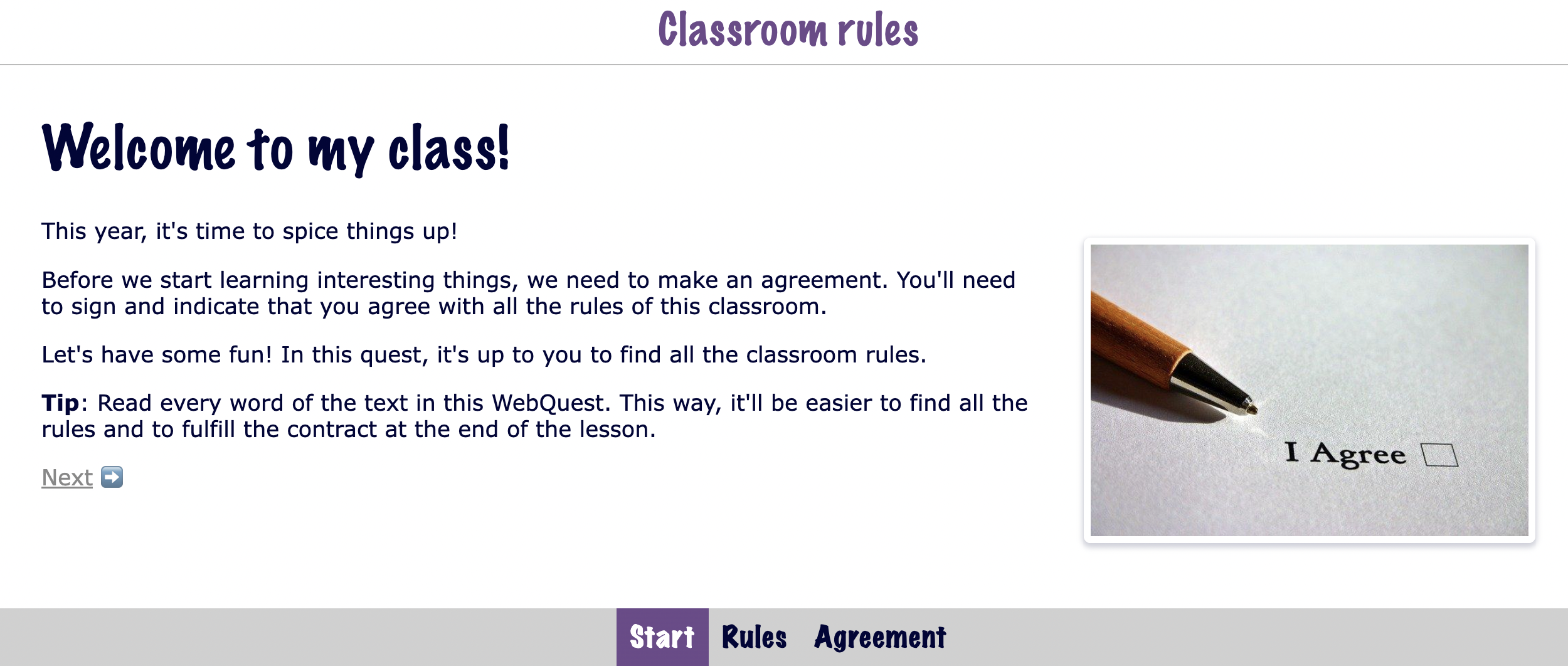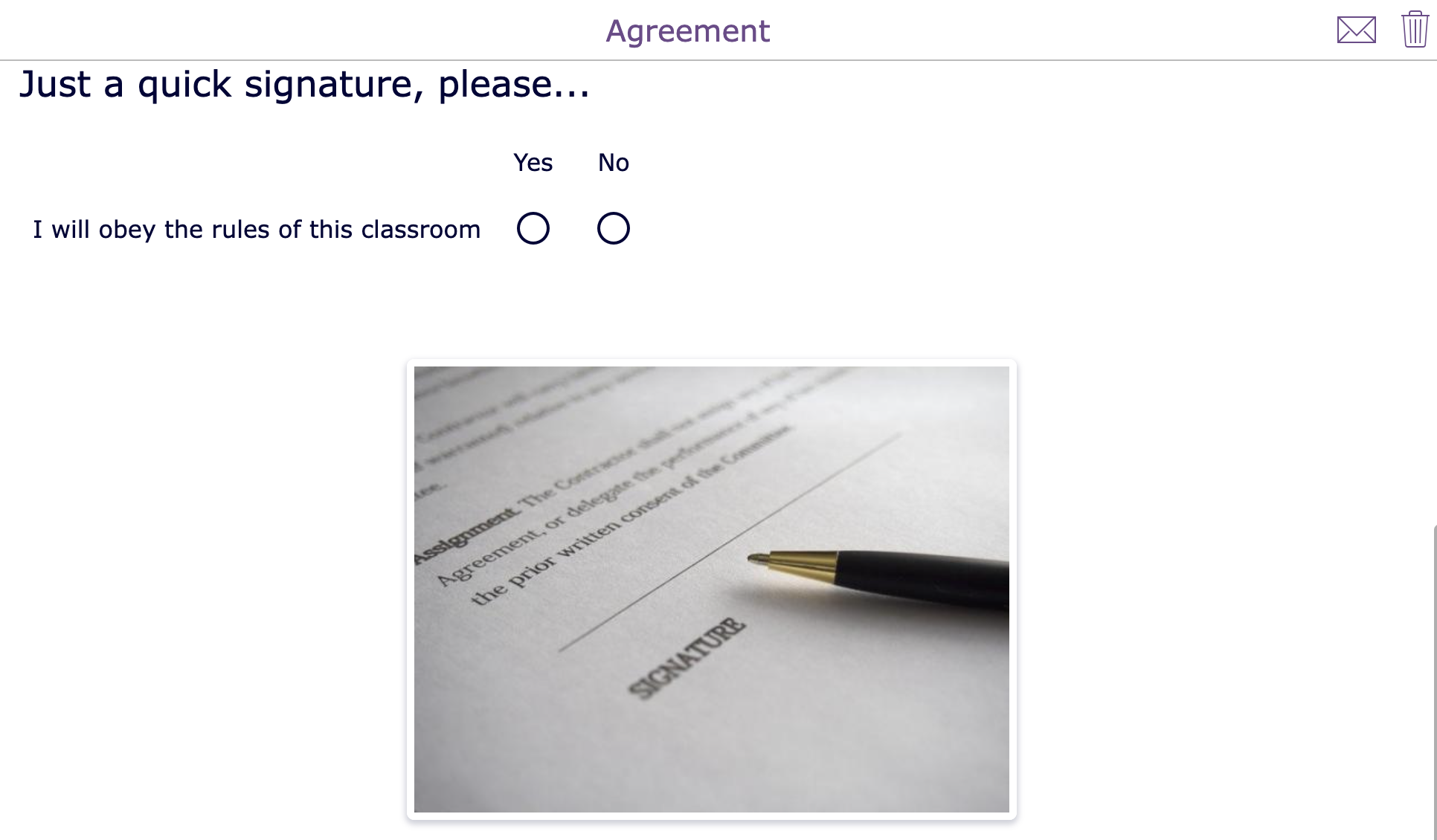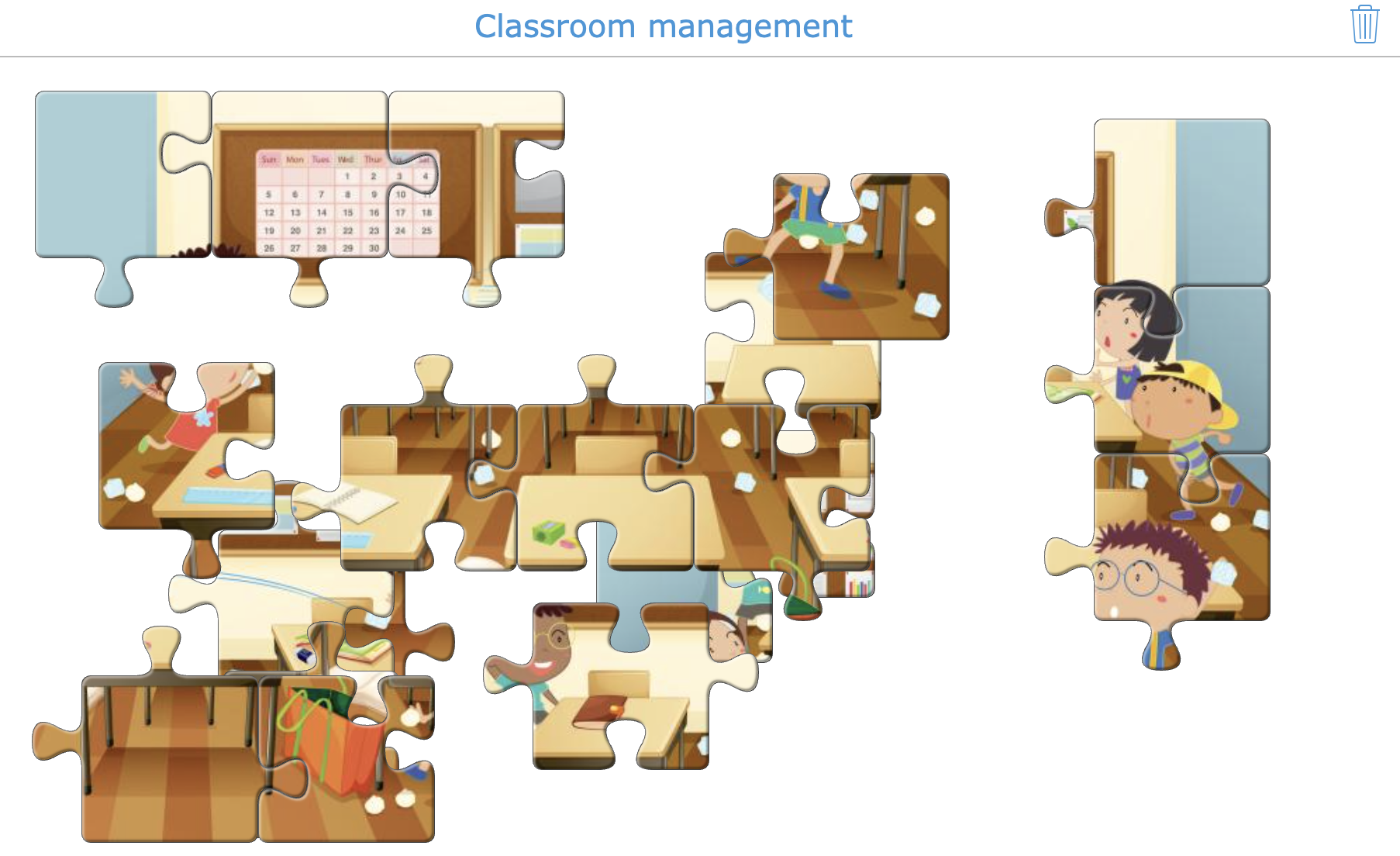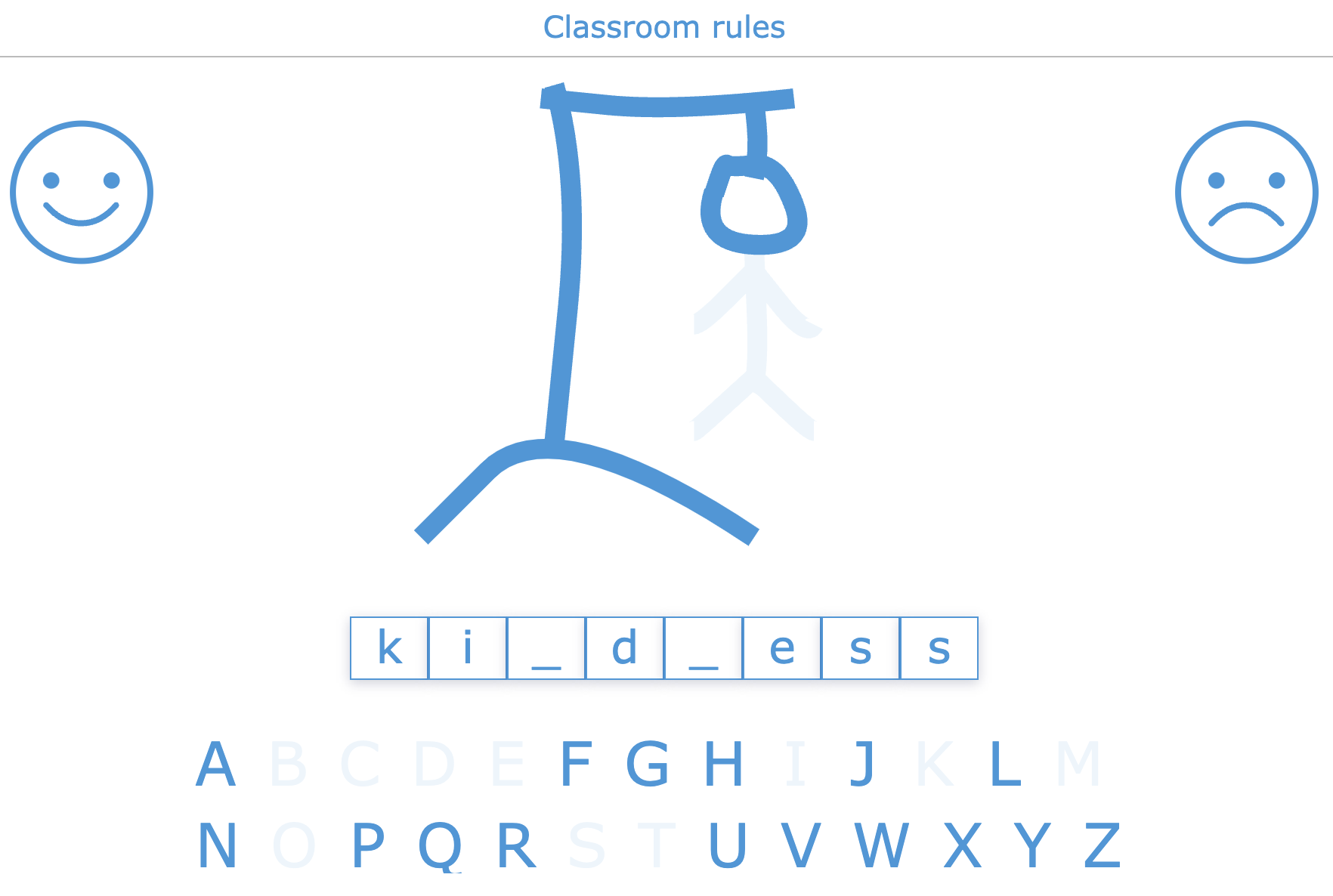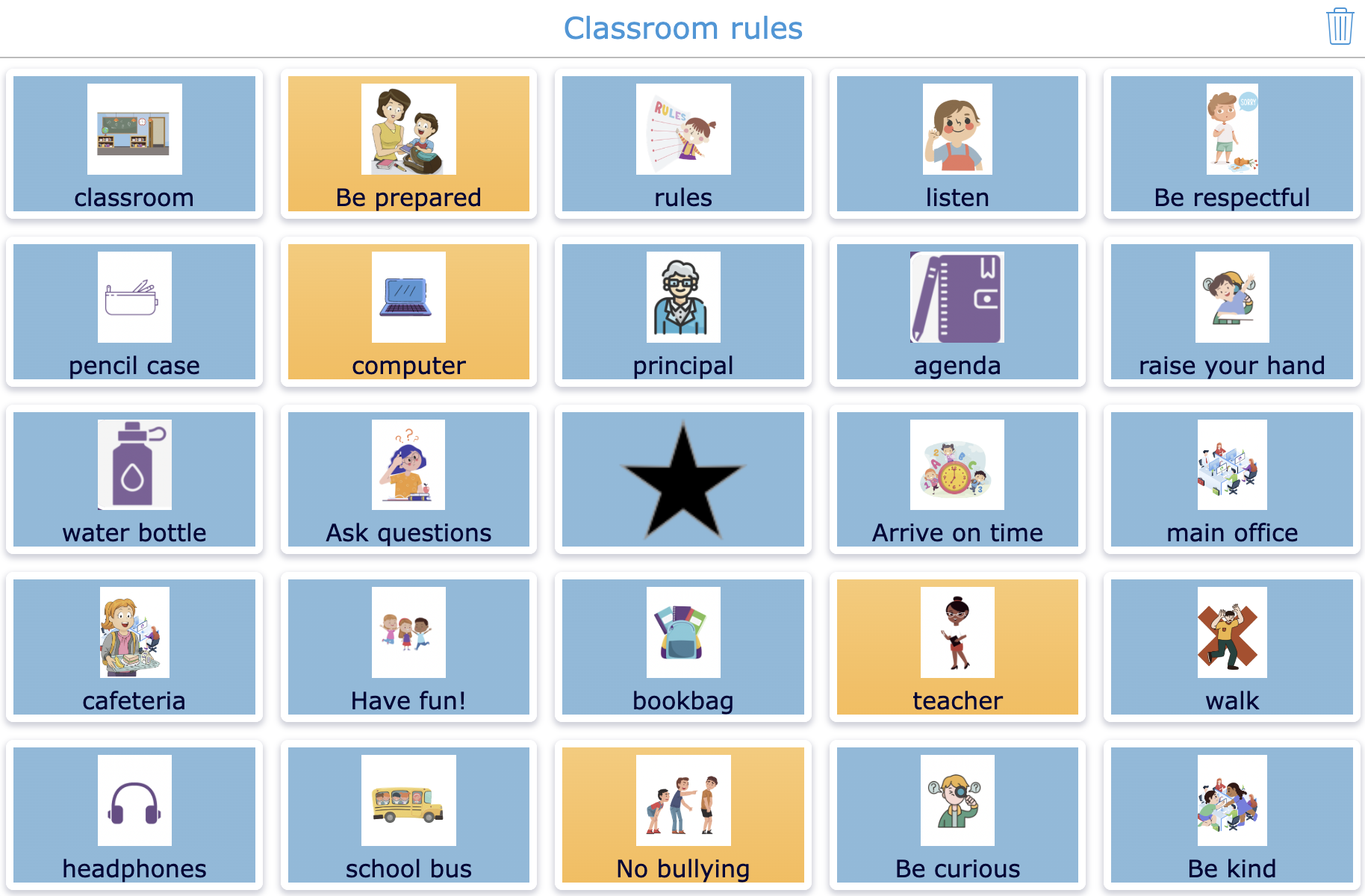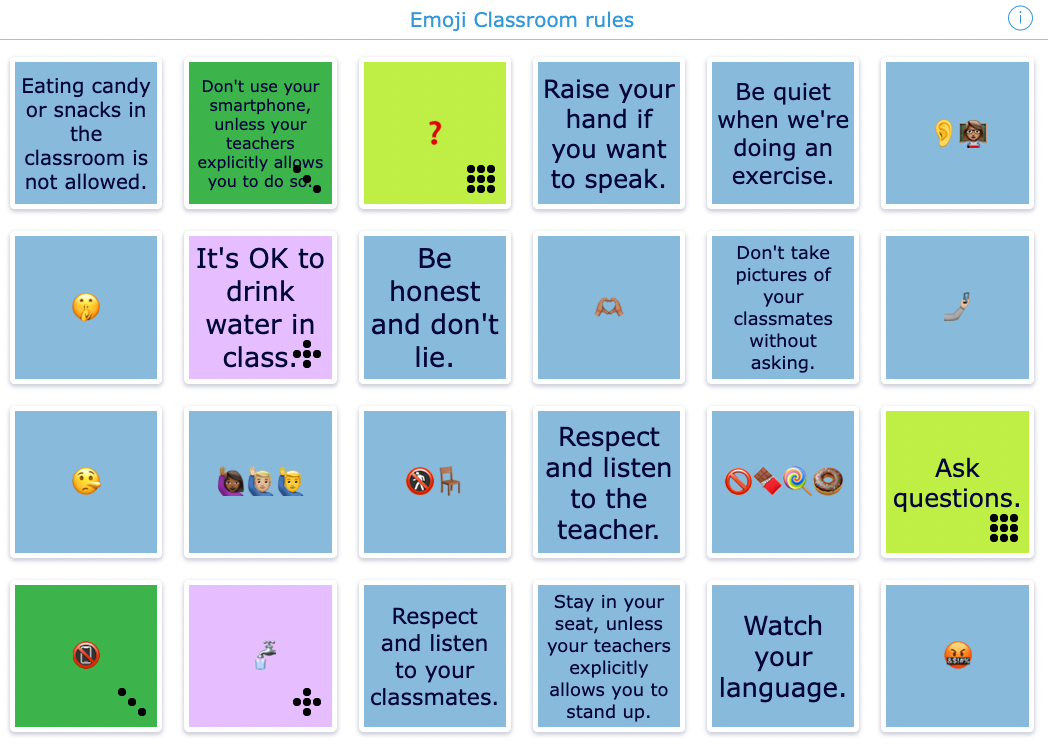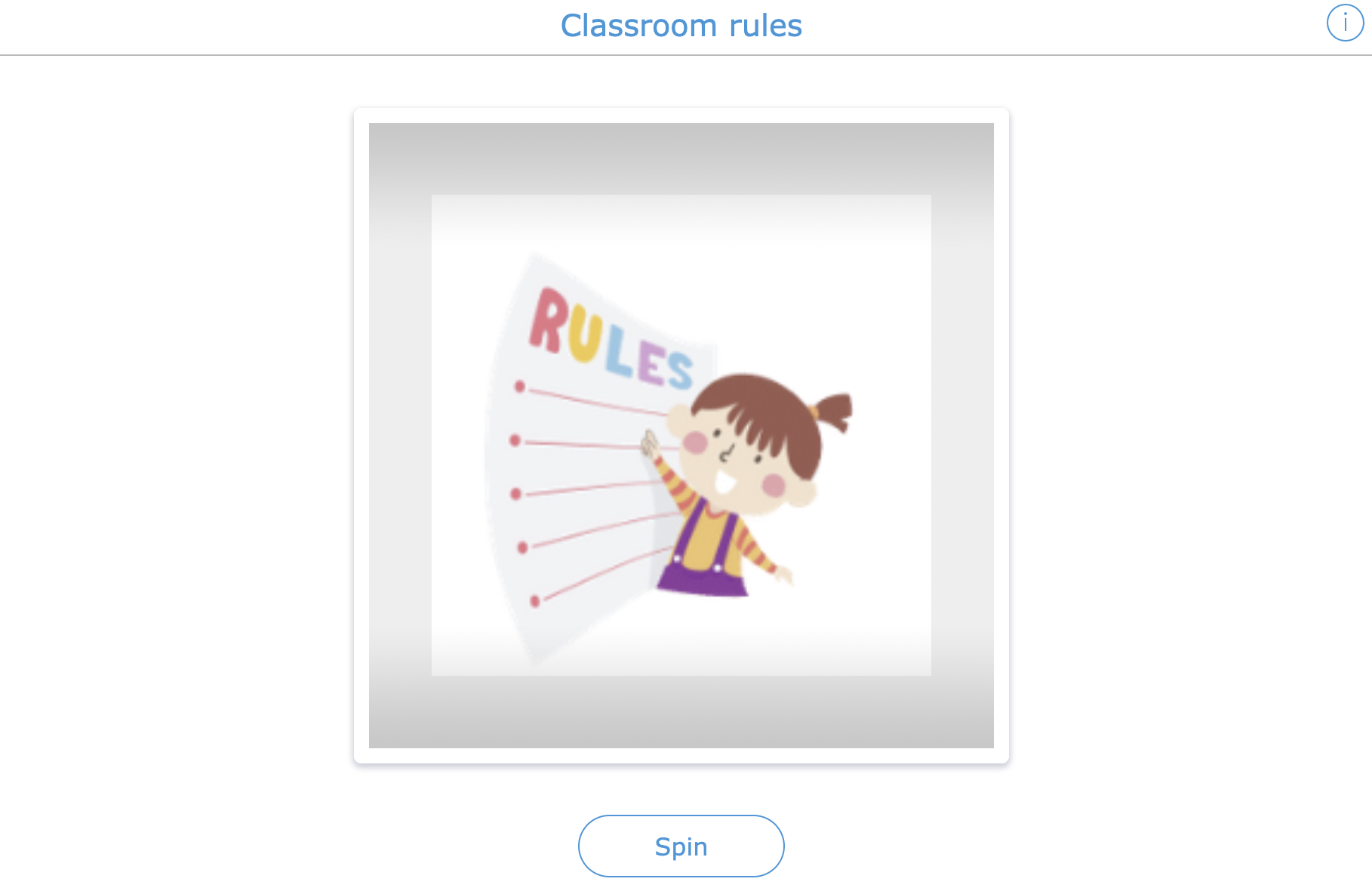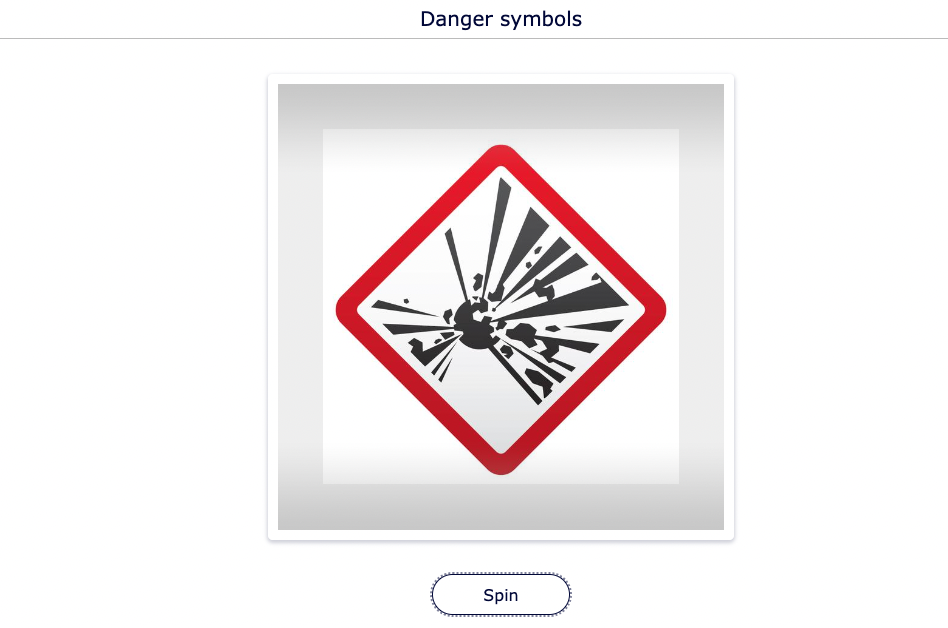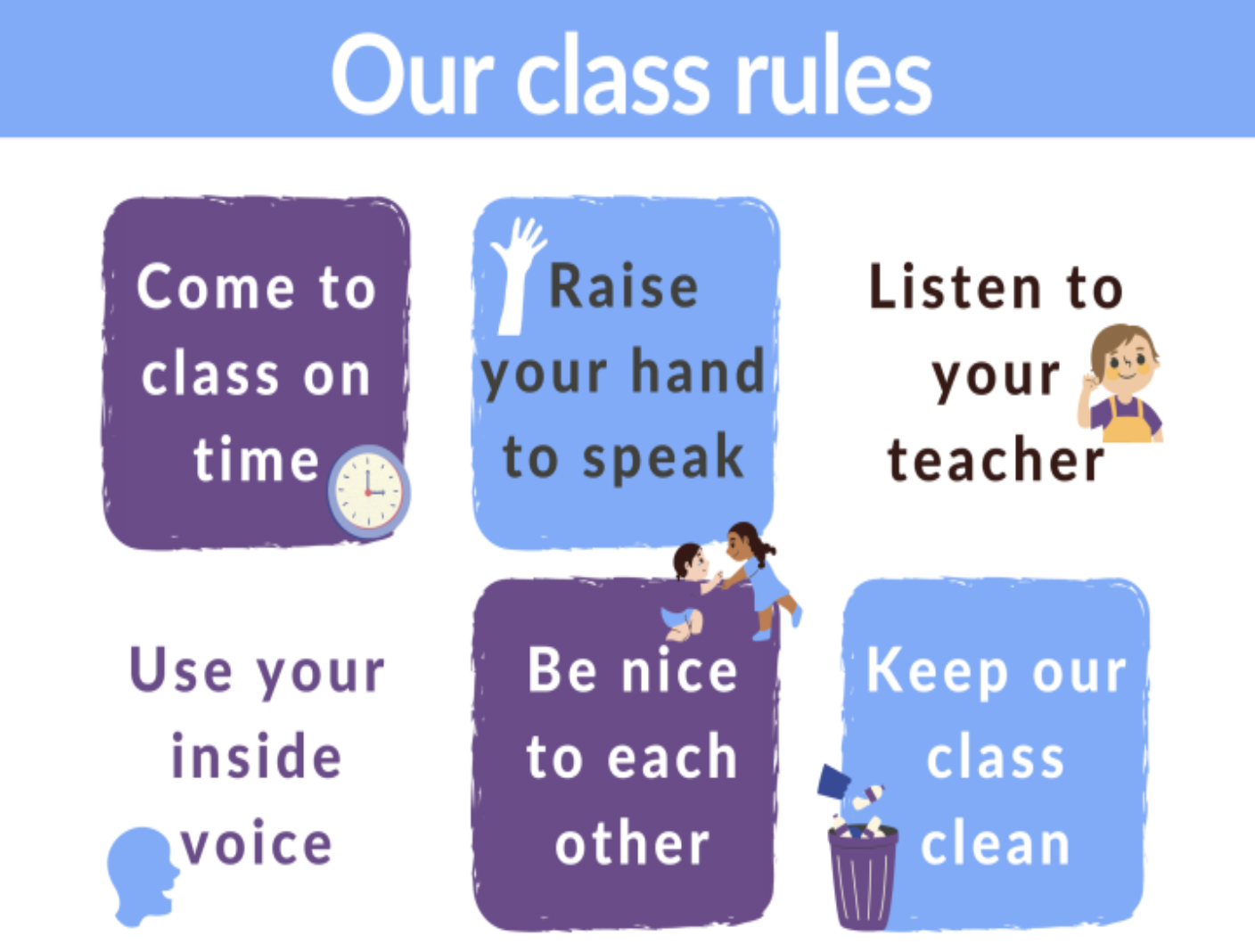36 Creative Ways to Introduce and Explain Classroom Rules to Students
 Sheryl Place —
Sheryl Place —
Many educators agree that the first month, the first week, and the first day of a new school year set the tone for success for the rest of the year. Creating a sense of community and empowering our students begins with those opening lessons. For many of us this means establishing your classroom norms - or classroom rules. I want to share my expertise and experience with establishing rules for your classroom.
In this blog post, I will share some ideas on how you can have a great opening of school and begin establishing a trusting, caring classroom culture which includes easy to follow classroom rules and procedures that work for everyone. I will also provide tips for preparing engaging lessons to introduce these rules.
I have brought together 36 ways to introduce and explain classroom rules to students. There are two sections:
Both parts will contain free, and ready-to-use lesson materials on classroom rules. Many of the digital exercises highlighted in this blog post are created with BookWidgets. Sign up for a free BookWidgets account (if you don’t already have one) and duplicate these lesson ideas, which will allow editing. Make sure you navigate to your BookWidgets dashboard and join this group. There are so many ready-made lesson activities waiting there for you to use. If you already use BookWidgets, scroll down 👇 to the first part to jump in and start planning. If you are new, keep reading 🤓 to learn more.
What is BookWidgets?
With BookWidgets, teachers can create over 40 interactive exercises and auto-graded assignments with over 35 different question types. All teachers from all courses can use BookWidgets. Teachers can easily integrate BookWidgets inside Google Classroom, Microsoft Teams and many other Learning Management Systems. The integration enables teachers to follow student progress in real time when they are working on a BookWidgets assignment. This way, teachers can quickly guide their students in the right direction when they need help. BookWidgets is being used by teachers all over the world for daily activities, asynchronous work and both summative and formative evaluation. The grading dashboard allows teachers to review student work efficiently and easily give comprehensive feedback.

12 General tips for introducing classroom rules
Classroom rules are vitally important and may be the first lesson you teach 💡 on the first day of school. You probably have classroom rules prepared or some ideas for classroom rules. If you need inspiration, you’re in for a treat!
Tip: When I provided professional development to new teachers, I began by asking them to write down their classroom procedures and expectations. ✍🏽 We then collaborated to create rules and guidelines to ensure that these procedures would be successfully implemented throughout the year. - Sheryl Place
1. Clearly state and post your classroom rules
 When rules are visible to everyone, this helps maintain structure for both teachers and students. Check out these free classroom rules posters on Pinterest.
When rules are visible to everyone, this helps maintain structure for both teachers and students. Check out these free classroom rules posters on Pinterest.
2. Use the power of the Internet
 A quick search on social media using keywords may provide great results. Look for:
A quick search on social media using keywords may provide great results. Look for: #ClassroomRules, #ClassroomManagement, #ClassroomPolicies #FirstDayRules #ClassroomExpectations
3. Explain consequences for not following rules
 It is important for all learners to understand the consequences of their behavior. Communication and understanding are key in the classroom. In my class, I focus on relationships before the rules and this seems to help my students follow rules because we have established personal connections. Consequences should help the student reflect on their behavior. Here are some ideas:
It is important for all learners to understand the consequences of their behavior. Communication and understanding are key in the classroom. In my class, I focus on relationships before the rules and this seems to help my students follow rules because we have established personal connections. Consequences should help the student reflect on their behavior. Here are some ideas:
- Think about the rule you didn’t follow. Why did you break the rule? Have a conversation with your teacher about this.
- What could happen if you were not respectful to a classmate? Have a conversation with a classmate about respect.
- Think about why it is important to walk, not run in the classroom. How would your teacher and classmates feel if you were hurt? Draw a picture or write a letter about this.
- The consequence for turning in your work late is a call home. What would you say to your parent/guardian? Share your message with your teacher.
- The first time you are tardy to class, you will receive a warning. Speak with your teacher about why you were tardy and how you might be able to avoid this in the future.
- Lab procedures are in place to keep you and others safe. Draw a picture of a lab procedure and its importance. Share with your teacher.
4. Create positive rules
 Avoid “don’t”, “no”, and “never”. You can easily change up your rules. Check out this example below 👇 and learn more about positive classroom rules in this blog post from Positive Action.
Avoid “don’t”, “no”, and “never”. You can easily change up your rules. Check out this example below 👇 and learn more about positive classroom rules in this blog post from Positive Action.
| From | To |
|---|---|
| Don’t interrupt | Wait to be recognized before speaking |
| No running | Walk carefully in our classroom. |
| Never hit anyone | Respect personal space. |
5. Keep rules simple
 Rules which are lengthy or difficult to understand may not provide the results you are hoping for. Always remember the KISS principle which goes for basically anything in education: Keep It Simple, Stupid.
Rules which are lengthy or difficult to understand may not provide the results you are hoping for. Always remember the KISS principle which goes for basically anything in education: Keep It Simple, Stupid.
- Anyone arriving to class will be issued a warning, then after the second time a detention will be given. Keep the rule simple: Please arrive on time.
- Using inappropriate language, interrupting, shouting will not be tolerated. Instead, keep the rule simple: Be courteous to others.
This post, geared for early learners, provides 6 simple rules.
6. Less is more
 Limit the number of rules. Take a look at your rules: can they be consolidated under a more general rule? For example: “Be prepared for class” encompases many rules. Provide examples or ask students to provide opinions on what general classroom rules may mean in the larger context. I used three rules in my classroom – CPR: Courtesy, Punctuality, and Respect. These 3 rules align with an easy acronym and covered everything I needed for smooth operations. Bonus: they are short like I mentioned above.
Limit the number of rules. Take a look at your rules: can they be consolidated under a more general rule? For example: “Be prepared for class” encompases many rules. Provide examples or ask students to provide opinions on what general classroom rules may mean in the larger context. I used three rules in my classroom – CPR: Courtesy, Punctuality, and Respect. These 3 rules align with an easy acronym and covered everything I needed for smooth operations. Bonus: they are short like I mentioned above.
7. Ensure understanding of rules and norms
 Have a classroom discussion covering rules versus expectations (norms). Briefly, rules are usually what should not be done in a classroom. “Keep your hands and feet to yourself”. Norms are classroom expectations usually set in a positive frame. “In our class we are respectful.”
Have a classroom discussion covering rules versus expectations (norms). Briefly, rules are usually what should not be done in a classroom. “Keep your hands and feet to yourself”. Norms are classroom expectations usually set in a positive frame. “In our class we are respectful.”
8. Collaborate
 Collaboration is key in creating a classroom and school community. As teachers, we can model this by working with other teachers, faculty and staff to have same/similar rules across a school campus or district. If you are feeling courageous, ask trusted colleagues, current or former students and parents to provide input about your classroom and school rules.
Collaboration is key in creating a classroom and school community. As teachers, we can model this by working with other teachers, faculty and staff to have same/similar rules across a school campus or district. If you are feeling courageous, ask trusted colleagues, current or former students and parents to provide input about your classroom and school rules.
Take a look at this “digital rules form” I created below. ⬇️ Colleagues can fill it out to help each other think and plan. You can use it yourself as you’re asking your fellow teachers and administrators to provide input on classroom rules.
9. Go digital
 Digital versions of classroom rules are a time saver! Electronic copies help eliminate lost papers, time wasted at the copy machine and allows for quick access to files so that you can provide the opening of school activities to students who join the class later in the school year.
Digital versions of classroom rules are a time saver! Electronic copies help eliminate lost papers, time wasted at the copy machine and allows for quick access to files so that you can provide the opening of school activities to students who join the class later in the school year.
Depending on your classroom, access to technology and age of students, you can share digital copies by posting them in a learning management system (Google Classroom and Microsoft Teams are two learning management systems). Use QR codes for students to scan and then receive a digital copy of the rules - bonus depending on school policies, place a QR code at your classroom door for parents to scan; share on a teacher or school webpage.
10. Think big picture
 Review the school/district code of conduct or rules of behavior to see how you can align your classroom rules with school and district policies.
Review the school/district code of conduct or rules of behavior to see how you can align your classroom rules with school and district policies.
11. Remember the soft skills
 Take time to focus on the hidden skills that make everyone successful. Model and foster empathy; highlight unwritten social norms in your voice, volume, tone, language and speaking patterns; show respect for values, attitudes and diverse thinking. Check out this interesting blog post on the hidden curriculum.
Take time to focus on the hidden skills that make everyone successful. Model and foster empathy; highlight unwritten social norms in your voice, volume, tone, language and speaking patterns; show respect for values, attitudes and diverse thinking. Check out this interesting blog post on the hidden curriculum.
12. Engage all stakeholders
 Relationships over rules resonate with my educational practice. When all stakeholders support you in your classroom the outcome is positive. In addition to collaborations with your school community, ensure that you reach out to parents, guardians and other caregivers early in the school year. Having a positive first contact with everyone on the same page will help create a winning team for the student.
Relationships over rules resonate with my educational practice. When all stakeholders support you in your classroom the outcome is positive. In addition to collaborations with your school community, ensure that you reach out to parents, guardians and other caregivers early in the school year. Having a positive first contact with everyone on the same page will help create a winning team for the student.
For example in my classroom, I make a welcome phone call home to every student‘s contact number during the first week of school. This did take a lot of time, I will be honest, but having the first contact be a positive one really helped if any discipline or classroom problems arose later in the year. In the end I found it time well spent.
This post is from a first year teacher on making the opening of school phone call home. The only change I would make in the suggestions: don’t give up your lunch time to make calls home. Lunch and brain breaks are very important for your teacher health. Other ideas on a positive first contacts with stakeholders are:
- Create a welcome video in Flip
- Slide a welcome note in your students’ agendas
- Create a digital quiz about yourself so stakeholders get to know you not only as a teacher, but also as a person.

24 hands-on tips for creating classroom rules
Now that you have some ideas and direction for your classroom rules, let’s get busy. Check out this list of actionable, concrete tips on classroom rules👇🏼 that you can select from to create your personalized action plan for classroom success.
I have always believed in the power of connection over content, so I encourage you to use these first meetings - whether face-to-face, remote, virtual or hybrid to begin forging connections with all students. Search out the shy introvert, the pop-tarts and the benchwarmers. These connections made in the early days will organically create a culture of caring where rules and expectations are adhered to with ease.
I encourage you to review the CASEL guide to “Establish Discipline Policies that Promote SEL” which includes a rubric to help “align policies and procedures to promote SEL”. If you are new to education check out Henry Wong’s The First Days of School (good to revisit for veteran teachers, too!)
13. Have students help with the rule making process
 Buy-in from students is very important. When students are a part of the rule-making process, they are more likely to follow rules and adhere to norms. The activity may also help alleviate future problems. This blog post from the Art of Education University will walk you through several ways to use the process.
Buy-in from students is very important. When students are a part of the rule-making process, they are more likely to follow rules and adhere to norms. The activity may also help alleviate future problems. This blog post from the Art of Education University will walk you through several ways to use the process.
Here is an interactive mind map and two other ready-to-use lesson ideas that you can use with your students. 👇
- Classroom rules ranking worksheet
- Padlet classroom rules board - Padlet is an awesome free classroom collaboration tool.
14. Create a cue point video
 Highlight classroom rules using a video with pause and reflect stopping points along the way. Use the BookWidgets Video Quiz template and upload a YouTube or Vimeo Video which explains your classroom rules. There are many other tools that you can use to create as well. Find the perfect tool that works for you.
Highlight classroom rules using a video with pause and reflect stopping points along the way. Use the BookWidgets Video Quiz template and upload a YouTube or Vimeo Video which explains your classroom rules. There are many other tools that you can use to create as well. Find the perfect tool that works for you.
Flip, Edpuzzle, YouTube, and more. Check out this example from Kate Baker, BookWidgets Edtech Specialist, for ideas and inspiration.
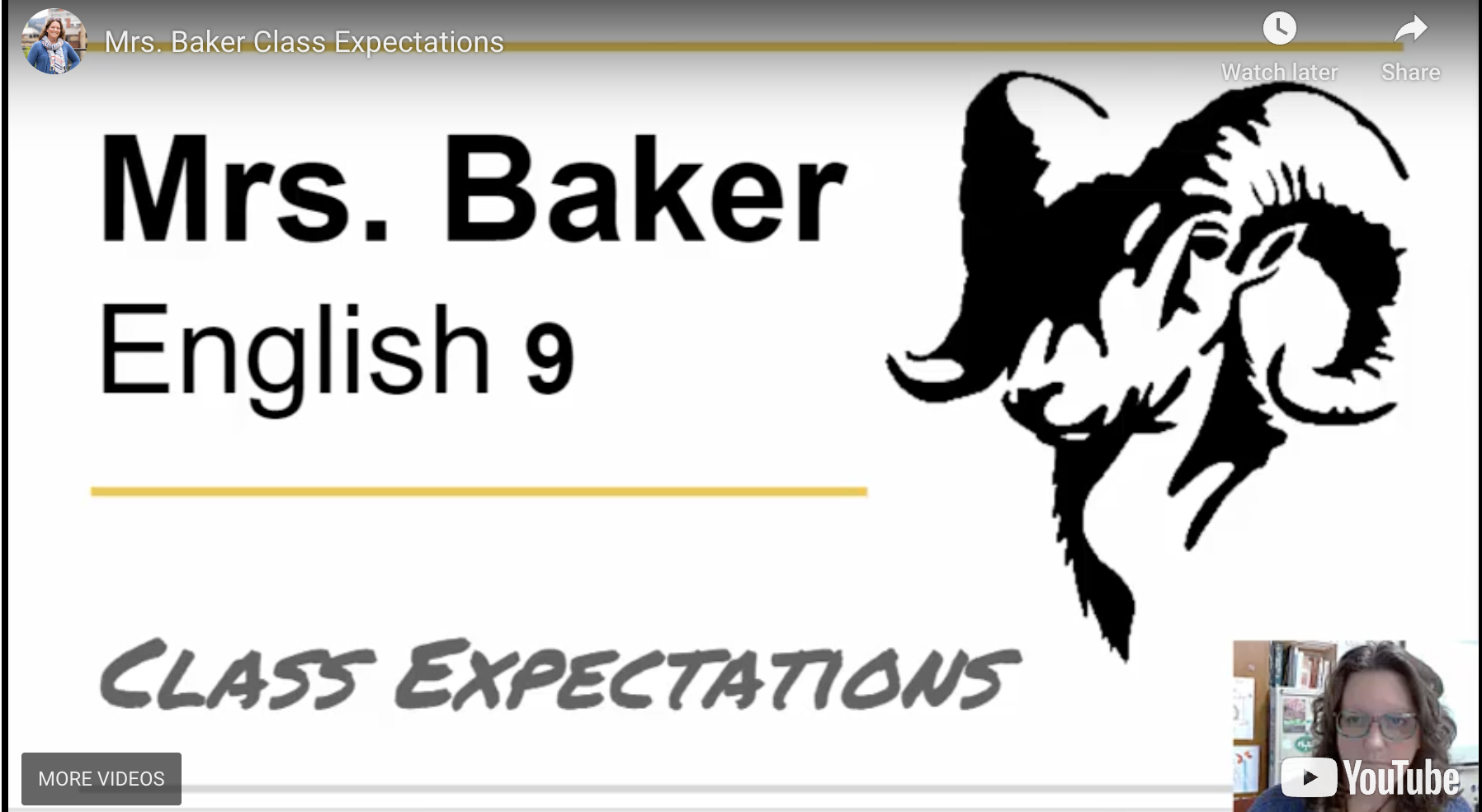
15. Create a digital rule/expectations book
 BookCreator is an easy-to-use-tool for creating digital books. Once created, the book will be available at all times for quick access and reference. Rather than searching through file cabinets and mounds of paper, I like to have a digital reference to help my classroom run efficiently and smoothly. I can reuse the book for new students, students who need to review the rules, and parent conferences. Check out this back to school blog post for more information.
BookCreator is an easy-to-use-tool for creating digital books. Once created, the book will be available at all times for quick access and reference. Rather than searching through file cabinets and mounds of paper, I like to have a digital reference to help my classroom run efficiently and smoothly. I can reuse the book for new students, students who need to review the rules, and parent conferences. Check out this back to school blog post for more information.
16. Create a digital quiz/game
 An interactive game filled with fun facts and classroom rules may be the perfect way for you to begin the school year. There are many online applications you can choose from and many have activities which can be easily duplicated. Here is a gamified quiz example I created with BookWidgets to provide you some ideas and see the variety of possibilities open to you. I’ve created a Kahoot quiz to introduce rules more interactively.
An interactive game filled with fun facts and classroom rules may be the perfect way for you to begin the school year. There are many online applications you can choose from and many have activities which can be easily duplicated. Here is a gamified quiz example I created with BookWidgets to provide you some ideas and see the variety of possibilities open to you. I’ve created a Kahoot quiz to introduce rules more interactively.
Here’s also an example of a classroom rules quiz.
17. Create a video
 Do you find that your vocal cords become strained with all that talking at the beginning of the school year? Get creative with tools available to you and use a video to demonstrate and review class rules. Creating a video will help you work smarter not harder - throughout the year. New student arrivals can preview the video as well - no matter when they join the class. I like to use Flip (formerly known as Flipgrid) to create a video showing and reviewing class rules. Head on over to Flip, select Discovery, and then search using the filters for your grade level and check out what they have to offer. I love this one! 👇🏼
Do you find that your vocal cords become strained with all that talking at the beginning of the school year? Get creative with tools available to you and use a video to demonstrate and review class rules. Creating a video will help you work smarter not harder - throughout the year. New student arrivals can preview the video as well - no matter when they join the class. I like to use Flip (formerly known as Flipgrid) to create a video showing and reviewing class rules. Head on over to Flip, select Discovery, and then search using the filters for your grade level and check out what they have to offer. I love this one! 👇🏼
Which brings us to our next tip…
18. Student-created videos
 Remember my motto: Work smarter, not harder! Allowing students to create audio/video to demonstrate understanding of rules helps reduce your workload, reinforces the importance of the rules, and helps build classroom buy-in (See tip #1 in this section). Now, you have a library of student-created videos which you can reference in the future. If you are teaching younger students, record them demonstrating rules and consequences. This blog post will help you get started. Adobe Express EDU, Canva for Education, Flip and Padlet are all great free tools for creating videos.
Remember my motto: Work smarter, not harder! Allowing students to create audio/video to demonstrate understanding of rules helps reduce your workload, reinforces the importance of the rules, and helps build classroom buy-in (See tip #1 in this section). Now, you have a library of student-created videos which you can reference in the future. If you are teaching younger students, record them demonstrating rules and consequences. This blog post will help you get started. Adobe Express EDU, Canva for Education, Flip and Padlet are all great free tools for creating videos.
19. Create a digital bundle
 BookWidgets is your one stop content creation tool which you can use to create an individual assignment, exit ticket or an entire WebQuest complete with flashcards, true/false questions, drag/drop activities and more. Use BookWidgets activities to create a complete digital package.
BookWidgets is your one stop content creation tool which you can use to create an individual assignment, exit ticket or an entire WebQuest complete with flashcards, true/false questions, drag/drop activities and more. Use BookWidgets activities to create a complete digital package.
It is possible to do so much with BookWidgets. Read on to find more interactive lesson ideas on sharing classroom rules with students. Students (and perhaps even parents) can review the entire bundle, sign and return papers and activities digitally - let’s move from the copy machine to the screen - save paper; save time; stress less during the opening of school. I can already see how much time you will save! Here is a digital rule book example.
20. Get classroom rules signed
 Students will be able to sign and return digitally. This agreement elevates the rules to something that is very important in your classroom, and it shows you immediately that students understand your rules. You can even ask your students to do this for homework, so the parents can take a look too.
Students will be able to sign and return digitally. This agreement elevates the rules to something that is very important in your classroom, and it shows you immediately that students understand your rules. You can even ask your students to do this for homework, so the parents can take a look too.
Check out this digital rules agreement below 👇
21. Use memes
 Add some fun to your explanations and start the day with smiles and laughter. Here is a fun example of an interactive slideshow, created with BookWidgets, using memes to explain your classroom rules. Open the example and click on the purple dots for an extended explanation of the rules in the classroom.
Add some fun to your explanations and start the day with smiles and laughter. Here is a fun example of an interactive slideshow, created with BookWidgets, using memes to explain your classroom rules. Open the example and click on the purple dots for an extended explanation of the rules in the classroom.
22. Puzzle it out
 How about a jigsaw puzzle to help students think critically? Introducing these rules in a unique way will help students remember and may alleviate some of the first day jitters. In this example, the rule will pop up when the students complete the puzzle. You can create this digital jigsaw puzzle with BookWidgets.
How about a jigsaw puzzle to help students think critically? Introducing these rules in a unique way will help students remember and may alleviate some of the first day jitters. In this example, the rule will pop up when the students complete the puzzle. You can create this digital jigsaw puzzle with BookWidgets.
Pro tip: Create a jigsaw puzzle for every rule in your classroom. Students will have a blast getting to know your rules.
23. Hangman / Snowman
 I always have a contingency plan for using technology on the first day as devices may not be available for all students. Hangman (or Snowman) is a fun whole group or team activity. Perfect for review at the end of class. Project this BookWidgets hangman or snowman game with your rules on the big classroom screen and let students guess the letters and rules one by one.
I always have a contingency plan for using technology on the first day as devices may not be available for all students. Hangman (or Snowman) is a fun whole group or team activity. Perfect for review at the end of class. Project this BookWidgets hangman or snowman game with your rules on the big classroom screen and let students guess the letters and rules one by one.
24. Bingo
 Create a game of rules and class supplies - another good warm up activity. Students that have five in a row, yell BINGO! and maybe, they get a surprise from the teacher too…
Create a game of rules and class supplies - another good warm up activity. Students that have five in a row, yell BINGO! and maybe, they get a surprise from the teacher too…
25. Pair matching
 This game is perfect for younger learners. Using emojis will help mediate meaning. Students have to find the classroom rule and pair it with the right symbol, or in this case, emoji.
This game is perfect for younger learners. Using emojis will help mediate meaning. Students have to find the classroom rule and pair it with the right symbol, or in this case, emoji.
26. Randomness spinner
 Another great review game is this randomness game, created with BookWidgets in just a few clicks. Students can spin the wheel and then describe what they see.
Another great review game is this randomness game, created with BookWidgets in just a few clicks. Students can spin the wheel and then describe what they see.
You can also add two wheels with written rules and start a classroom discussion. Spin the wheel and two rules will pop up. Which one do your students find more important? Why? This way, you listen to your students when attaching value to certain classroom rules.
27. Course syllabus
 Use the BookWidgets MS Word or .PDF import and create a digital course syllabus. Then, add it to your rule book or digital bundle. It’s a quick way to share interactive worksheets about your classroom rules with your students.
Use the BookWidgets MS Word or .PDF import and create a digital course syllabus. Then, add it to your rule book or digital bundle. It’s a quick way to share interactive worksheets about your classroom rules with your students.
28. Lab procedures
 Create a digital copy of lab procedures for quick reference and review. An example: Knowing the danger symbols and procedures are very important in your science lab. Let them practice the meanings in a fun way.
Create a digital copy of lab procedures for quick reference and review. An example: Knowing the danger symbols and procedures are very important in your science lab. Let them practice the meanings in a fun way.
Check out this randomness widget with the danger symbols. Do you know them all?
29. Use QR codes
 QR Codes are a great way to infuse technology in our classrooms. I found that QR codes are super easy to create and use - even for the youngest of learners. QRCode Monkey is another of my favorite, FREE creation tools.
QR Codes are a great way to infuse technology in our classrooms. I found that QR codes are super easy to create and use - even for the youngest of learners. QRCode Monkey is another of my favorite, FREE creation tools.
QR codes are great for young learners, emerging readers and those learning a new language. QR codes can link to rules, videos, reflections - if you can think of it you can create a QR code for it. Depending on school policies, place a QR code outside the classroom with a link to classroom rules and syllabus for parents to preview and digitally sign. Bonus: This may also reduce classroom interruptions during planning days prior to the opening of school. Also, in class, create QR codes with links to classroom rules. Check out this blog post for more creative ways to use QR codes in class.
30. Try out the target language
 World language and bilingual educators can provide the classroom rules in the target language and then ask questions to check understanding. As a former French teacher, this created quite a challenge for me. I used a lot of physical movement and gestures to communicate with the emergent bilingual students. Hint: Use one of the video creation tips above to help provide support and then check for understanding.
World language and bilingual educators can provide the classroom rules in the target language and then ask questions to check understanding. As a former French teacher, this created quite a challenge for me. I used a lot of physical movement and gestures to communicate with the emergent bilingual students. Hint: Use one of the video creation tips above to help provide support and then check for understanding.
31. Integrate literary techniques and figurative language
 Encourage your students to create a poem or a song with the classroom rules. Here is a fun example:
Encourage your students to create a poem or a song with the classroom rules. Here is a fun example:
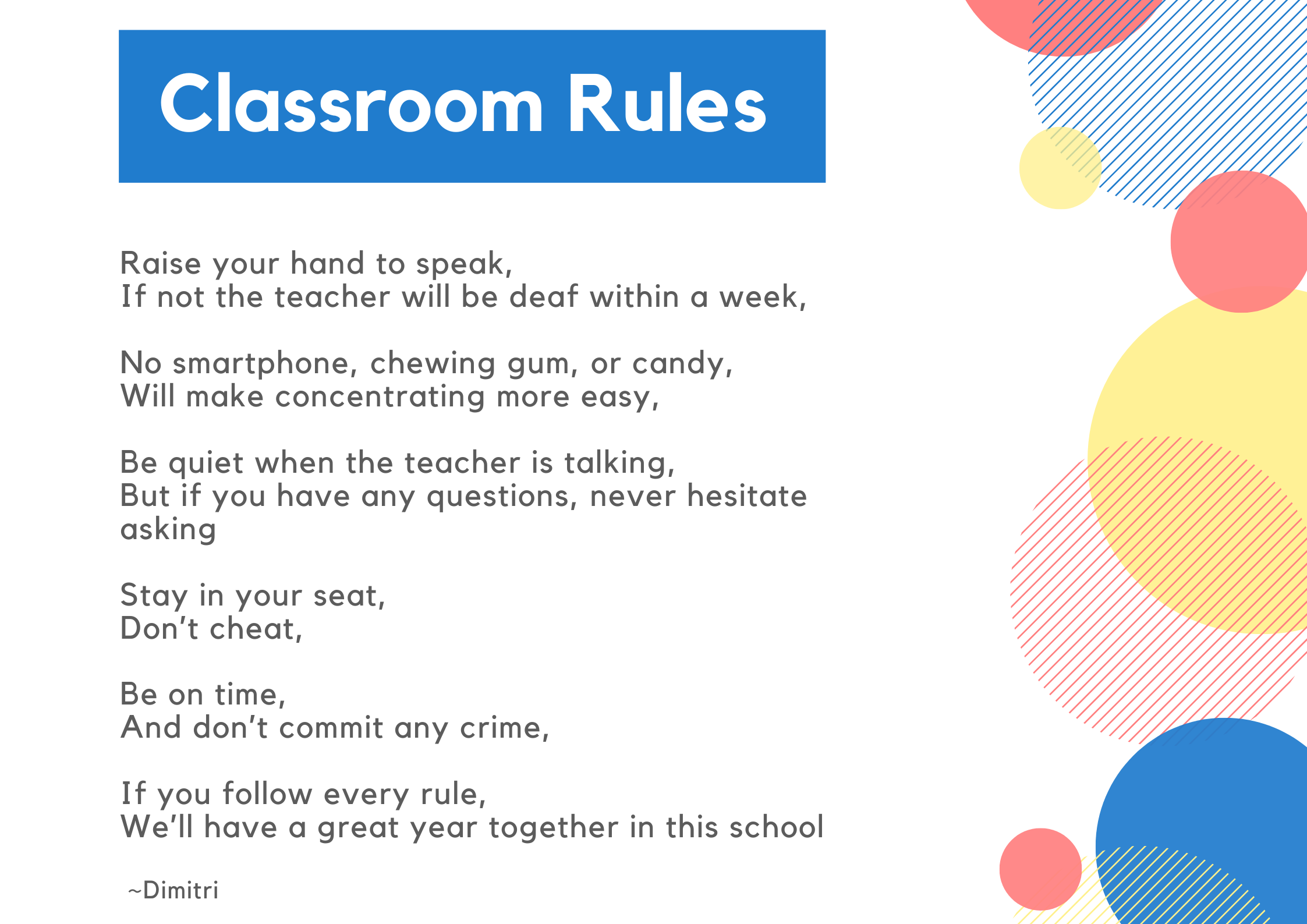
32. Insert emojis and symbols in your document
 It is possible to engage the youngest of learners and early readers using images to support a text-rich activity. Get creative and design classroom rules with emojis. Check for understanding using a BookWidgets pair matching activity.
It is possible to engage the youngest of learners and early readers using images to support a text-rich activity. Get creative and design classroom rules with emojis. Check for understanding using a BookWidgets pair matching activity.
33. Create a poster
 Many online creation applications can be used to create posters. I love using Canva Edu and Adobe Express templates (both previously mentioned) to work quickly and create professional looking posters. Check out these Canva ready to use templates. Of course, there’s so much more your can do with Canva in your classroom. Check out this Canva blog post and discover all the possibilities.
Many online creation applications can be used to create posters. I love using Canva Edu and Adobe Express templates (both previously mentioned) to work quickly and create professional looking posters. Check out these Canva ready to use templates. Of course, there’s so much more your can do with Canva in your classroom. Check out this Canva blog post and discover all the possibilities.
34. Create an interactive rules poster
 Use an image of the poster you created in Canva or Adobe Express and go interactive with a hotspot image containing audio explanations. A hotspot image widgets is just another exercise template you can create with BookWidgets.
Use an image of the poster you created in Canva or Adobe Express and go interactive with a hotspot image containing audio explanations. A hotspot image widgets is just another exercise template you can create with BookWidgets.
Go check out this interactive classroom rules poster! 👇
35. Be inspired
 Find inspiration on Pinterest. Other educators are sharing ideas, collaborating and creating with Pinterest. Check out these classroom rule ideas.
Find inspiration on Pinterest. Other educators are sharing ideas, collaborating and creating with Pinterest. Check out these classroom rule ideas.
36. Use free classroom management apps
 Classdojo connects primary school teachers, students and families through communication features, such as a feed for photos and videos from the school day, and messaging. Classcraft is a free online, educational role-playing game for secondary schools that teachers and students play together in the classroom. They can level up, work in teams, and earn powers that have real-world consequences are two of my favorites. You can set your classroom rules in these apps and attach consequences when students obey them, or break them.
Classdojo connects primary school teachers, students and families through communication features, such as a feed for photos and videos from the school day, and messaging. Classcraft is a free online, educational role-playing game for secondary schools that teachers and students play together in the classroom. They can level up, work in teams, and earn powers that have real-world consequences are two of my favorites. You can set your classroom rules in these apps and attach consequences when students obey them, or break them.
Conclusion
Now that you have ideas for your rules in hand, you are ready to think about the first days of school. 📆 Check out this blog post for 20+ ready to use digital lesson activities for the first day of school and this post for even more general ideas on rules and classroom management.
Welcome to the new school year! 🙋🏽♀️ We can’t wait to see your journey. Don’t forget to join our BookWidgets Blog group to see all the awesome activities that we have shared in this post with you. You can duplicate them, adapt them, and share them with your students.
Remember, sharing is caring - 👨🏻❤️💋👨🏾 maybe you have the perfect widget for the opening of school- don’t hesitate to share your creative widgets by posting them in this Facebook Group. If you are not a member, join now. We are looking forward to seeing what you share and create. My hope is that you found some innovation, inspiration, and imagination in this post. Which of these ideas is your favorite? 🤩 Let us know on Twitter:@ibookwidgets.
Continue to be awesome. 🎉 Let’s Learn Together! 👩🏻🏫 ~Sheryl

